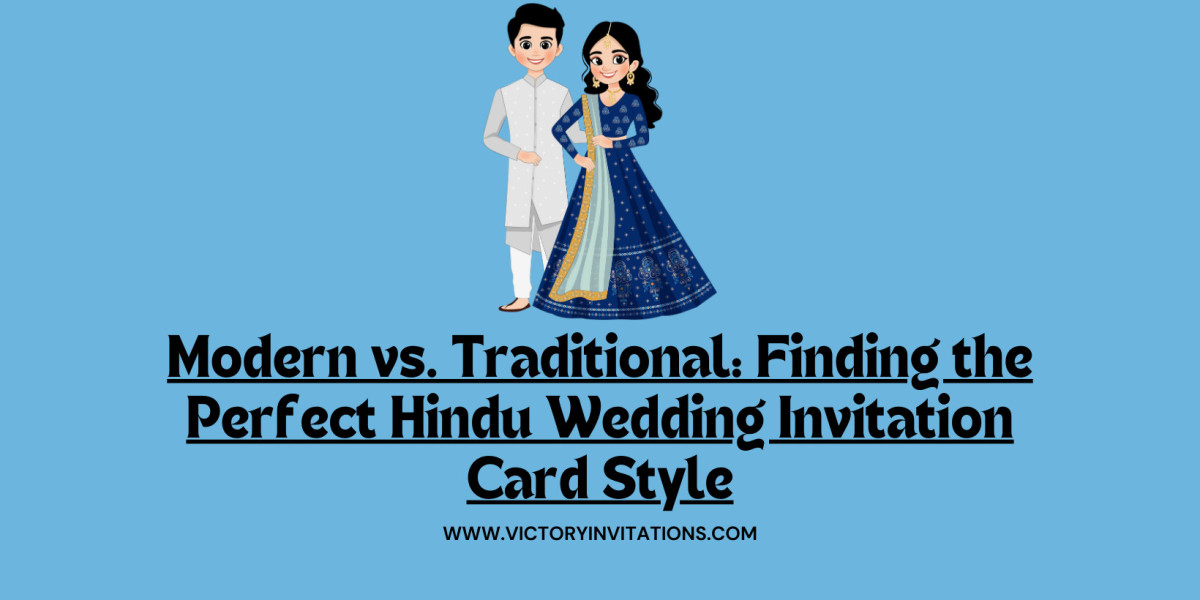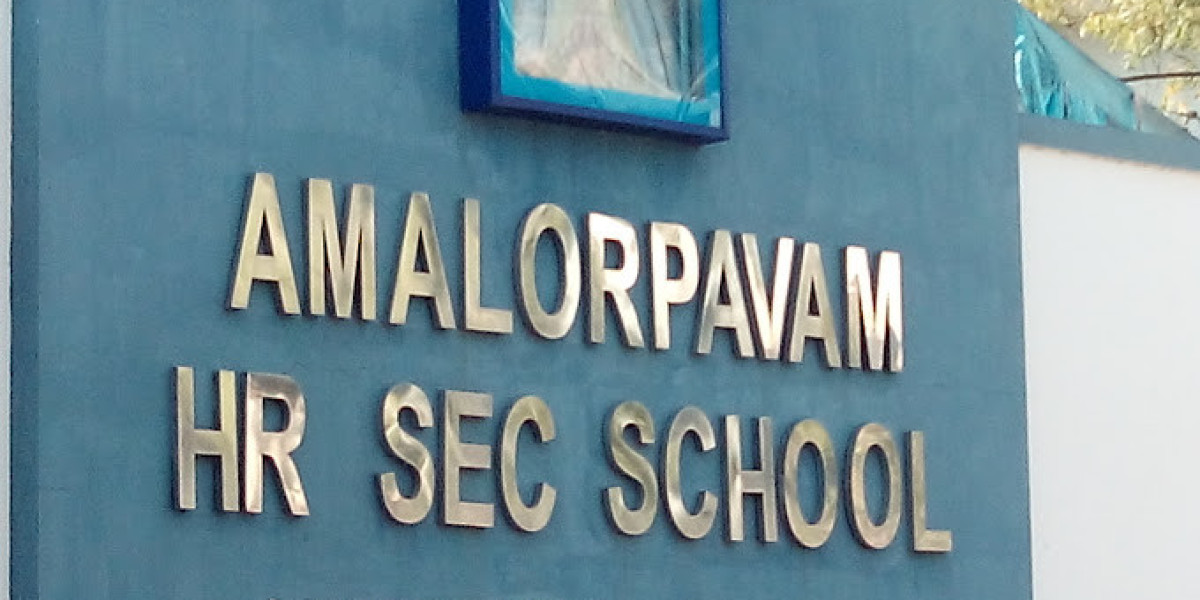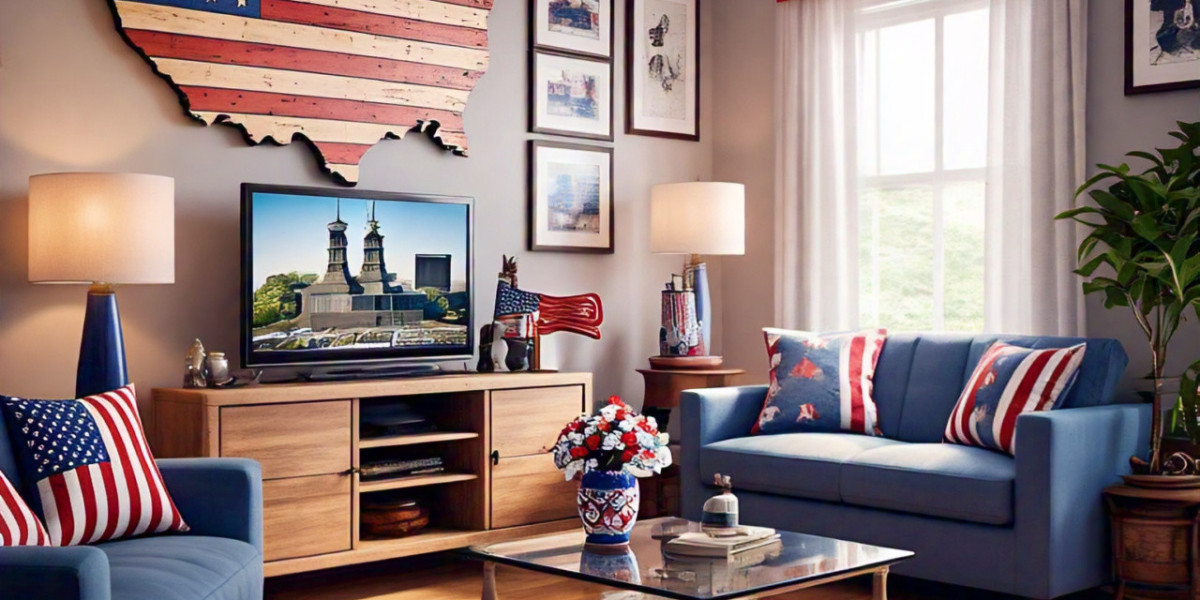Choosing between modern and traditional styles for a Hindu wedding invitation card can be challenging. Both approaches have their unique appeal, and the decision often comes down to your personal preferences, family traditions, and the overall theme of your wedding. Here’s a breakdown of the key differences between modern and traditional invitation styles, along with tips to help you find the perfect card that resonates with your vision:
Traditional Hindu Wedding Invitation Cards
Traditional invitations are known for their rich cultural and religious symbolism. These cards are timeless and often follow long-established designs and formats that honor Hindu heritage. Here’s what makes them distinct:
1. Use of Symbolism and Religious Motifs
Traditional Hindu wedding cards often incorporate sacred symbols like:
- Lord Ganesha or Om for blessings and auspicious beginnings.
- Kalash or Doli to represent the start of a new journey.
- Floral patterns like lotus flowers, which signify purity and beauty.
These symbols are usually highlighted with golden or red accents, colors that are considered auspicious in Hindu culture.
2. Elegant Color Choices
Traditional Hindu wedding cards tend to favor a specific color palette. Vibrant hues like red, maroon, gold, and yellow dominate, symbolizing joy, prosperity, and good fortune. Metallic embossing, gold foiling, and intricate patterns add a luxurious touch to these traditional designs.
3. Classic Fonts and Calligraphy
Traditional cards often feature calligraphy or fonts that mimic ancient Sanskrit scripts. They use formal, respectful language and follow a standard structure—starting with prayers or mantras, followed by the names of the families, wedding details, and closing blessings.
4. Heavy Use of Paper and Textures
Traditional invitations are often crafted on luxurious paper with rich textures. Materials like vellum, handmade paper, or silk fabric are commonly used. The thickness and tactile feel of the paper give traditional cards a substantial and regal presence.
Modern Hindu Wedding Invitation Cards
Modern invitations are contemporary and sleek, blending tradition with a fresh, stylish aesthetic. They cater to couples who want to infuse a bit of modern flair while still respecting cultural elements. Here’s what makes them unique:
1. Minimalistic and Clean Designs
Modern Hindu wedding cards often feature clean lines and minimalistic designs. Instead of heavily ornate patterns, they focus on elegant simplicity, opting for subtle motifs and refined aesthetics. This approach appeals to those who prefer a more understated yet sophisticated look.
2. Diverse Color Palettes
While traditional cards stick to a specific color scheme, modern invitations embrace a wider range of colors. Pastels, muted tones, metallics, and monochrome themes are popular. These colors give a modern invitation a chic and contemporary feel, allowing couples to express their unique style.
3. Creative Typography and Fonts
Modern cards often experiment with typography, using a mix of playful and elegant fonts. Some couples choose to use calligraphy styles that are more fluid and modern, while others opt for clean, sans-serif fonts for a minimal look. The language is often personalized, blending traditional elements with casual or creative wording.
4. Innovative Materials and Formats
Modern Hindu wedding invitations are not limited to paper. Couples are now opting for:
- Acrylic or wood cards for a modern, eco-friendly touch.
- Digital invitations with animations, music, and interactive elements.
- Fold-out designs, pop-up elements, or layered layouts for added creativity.
Blending Modern and Traditional: A Balanced Approach
Many couples choose a hybrid style that combines the elegance of tradition with the simplicity and innovation of modern design. Here are a few tips on how to strike the right balance:
1. Keep Traditional Colors with a Modern Twist
Instead of sticking strictly to red or gold, use those traditional colors in modern ways. For example, you could go with a deep maroon background but use rose gold accents for a contemporary flair.
2. Use Modern Fonts with Traditional Language
Blend the elegance of a modern font with traditional wording. Keep the formal structure that honors family and culture but use typography that’s fresh and easy to read. This keeps the invitation looking stylish while respecting cultural norms.
3. Combine Minimalist Design with Classic Symbols
Incorporate traditional motifs like Ganesh or lotus in a minimalistic way. Use these symbols as subtle accents rather than overwhelming the design, making your card look both cultural and chic.
4. Experiment with Unique Textures
You can mix traditional and modern by choosing unique paper textures—like soft-touch matte finishes with gold foiling—that give a classic feel with a modern presentation. Or, opt for laser-cut designs that introduce intricate details in a contemporary format.
Conclusion: Finding Your Perfect Style
Whether you choose a traditional, modern, or blended approach, your Hindu wedding invitation card should reflect both your personal style and cultural values. Consider what matters most to you as a couple, as well as the overall theme of your wedding. For a seamless blend of tradition and modernity, explore customized design options at Victory Invitations to find the perfect invitation that captures the essence of your big day. Contact us via WhatsApp for personalized guidance and creative ideas tailored to your needs.








